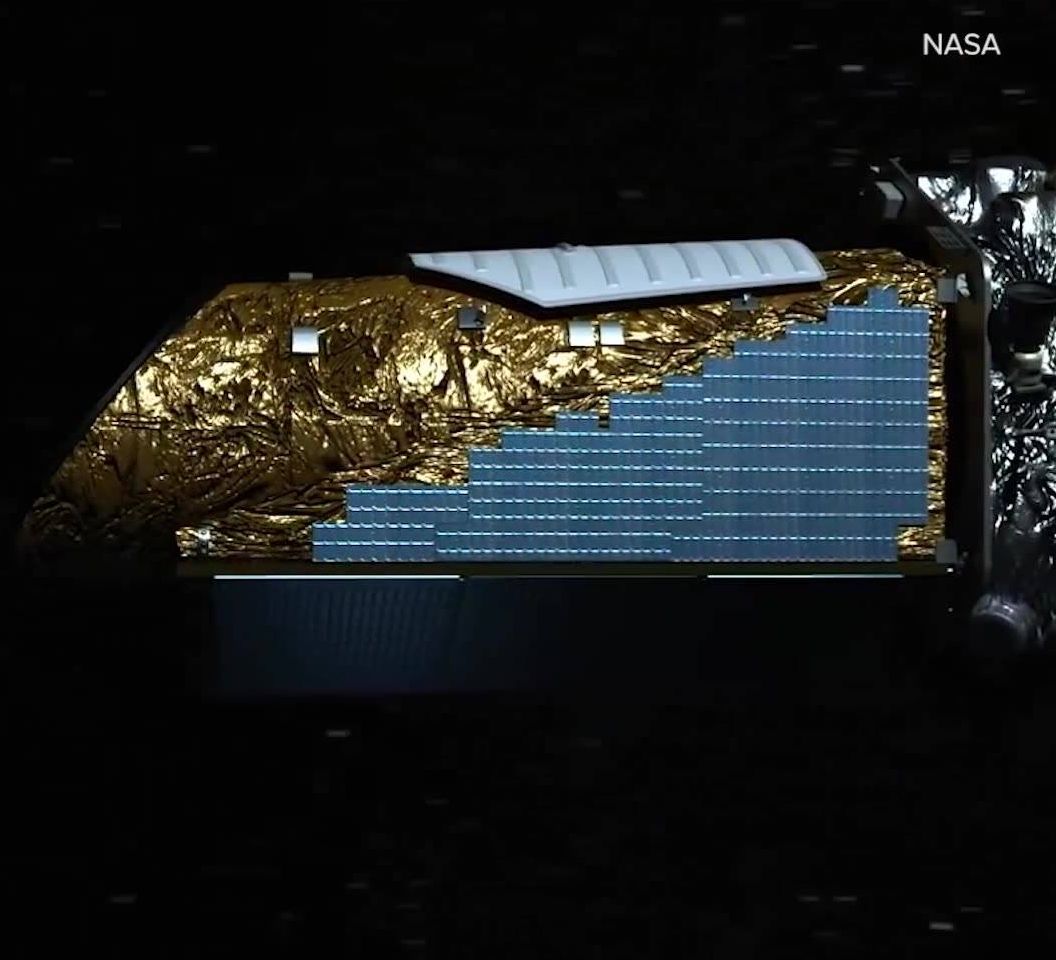49 years ago today man walked on the moon for the first time.
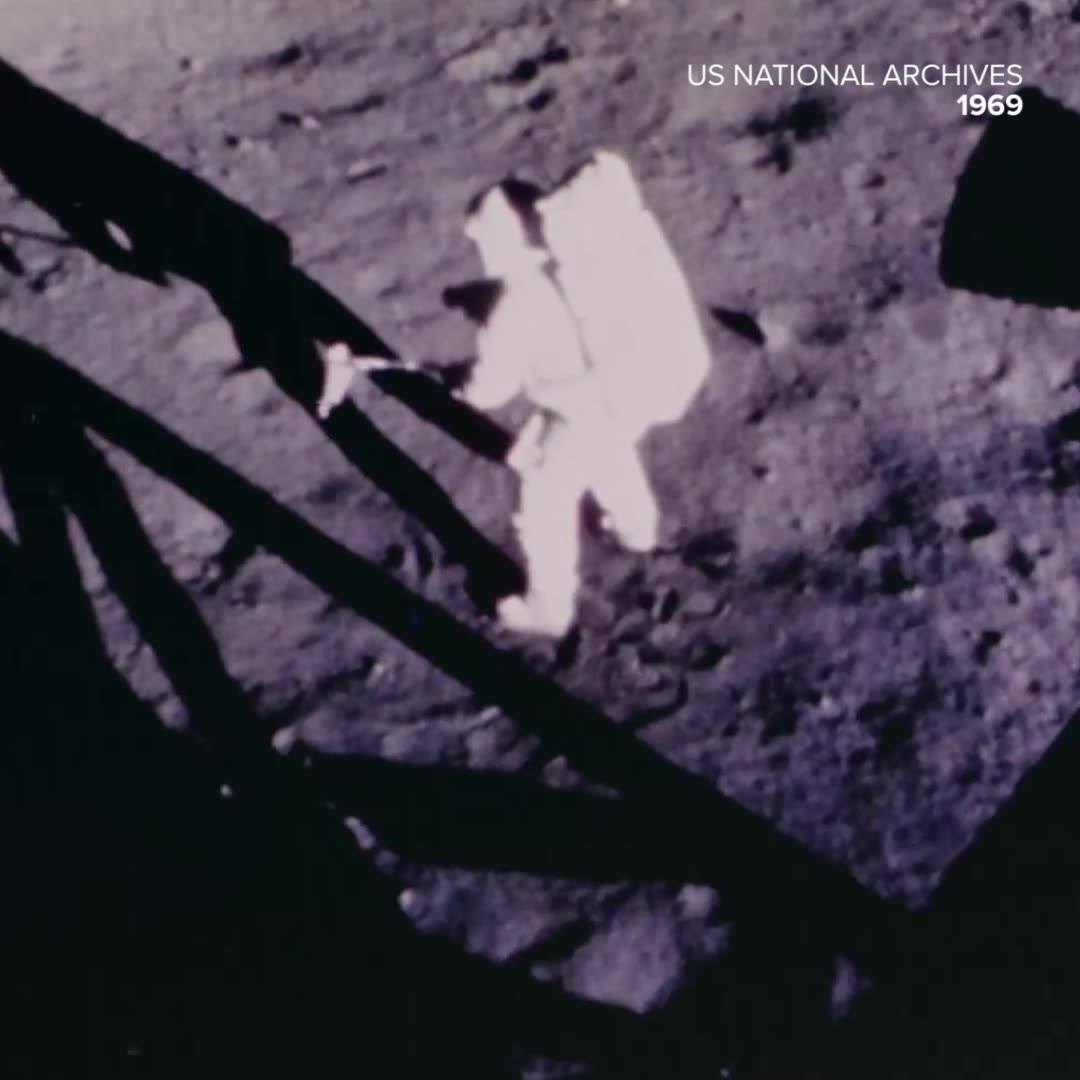

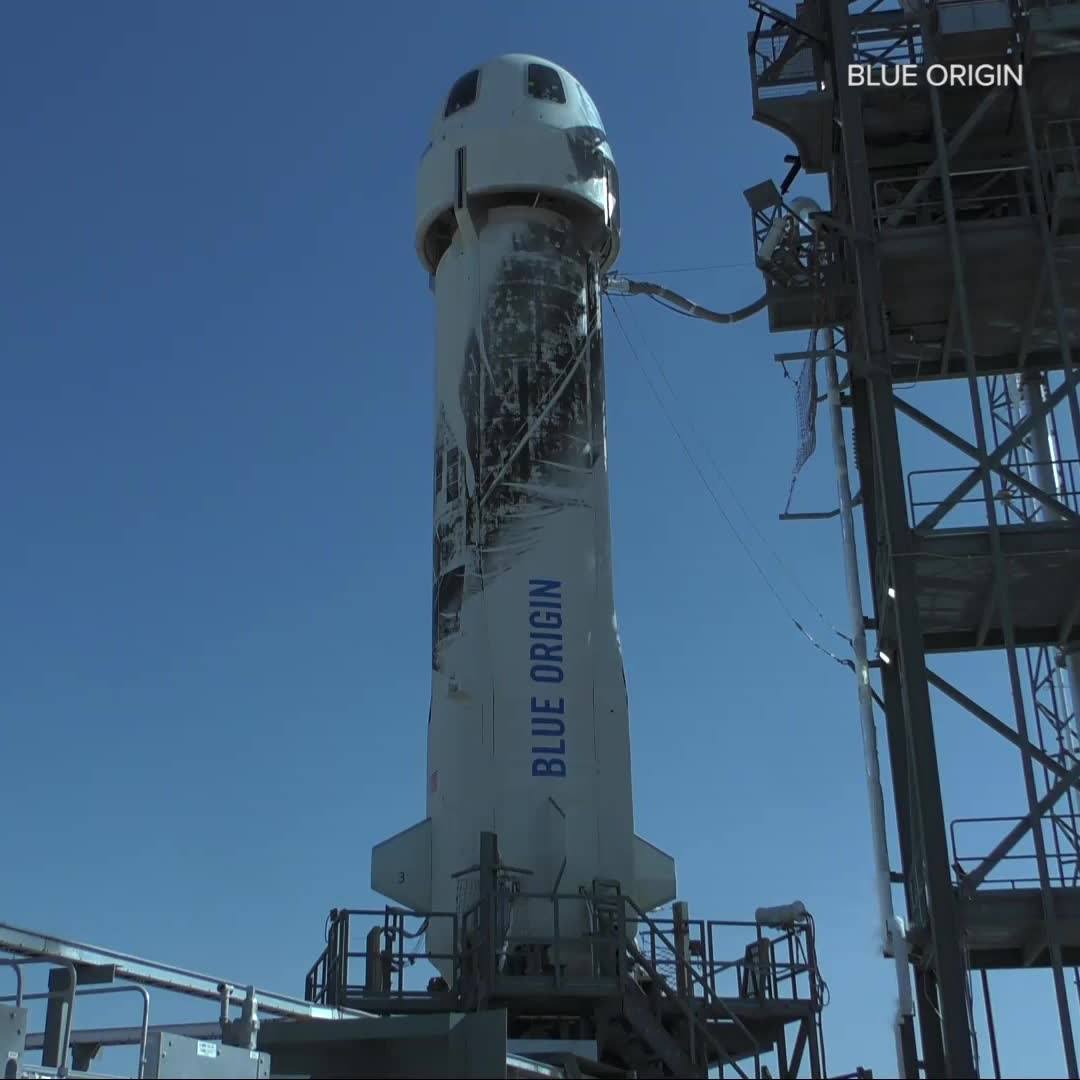
This Blue Origin rocket went higher than any previous rocket launched by Jeff Bezos’s company.
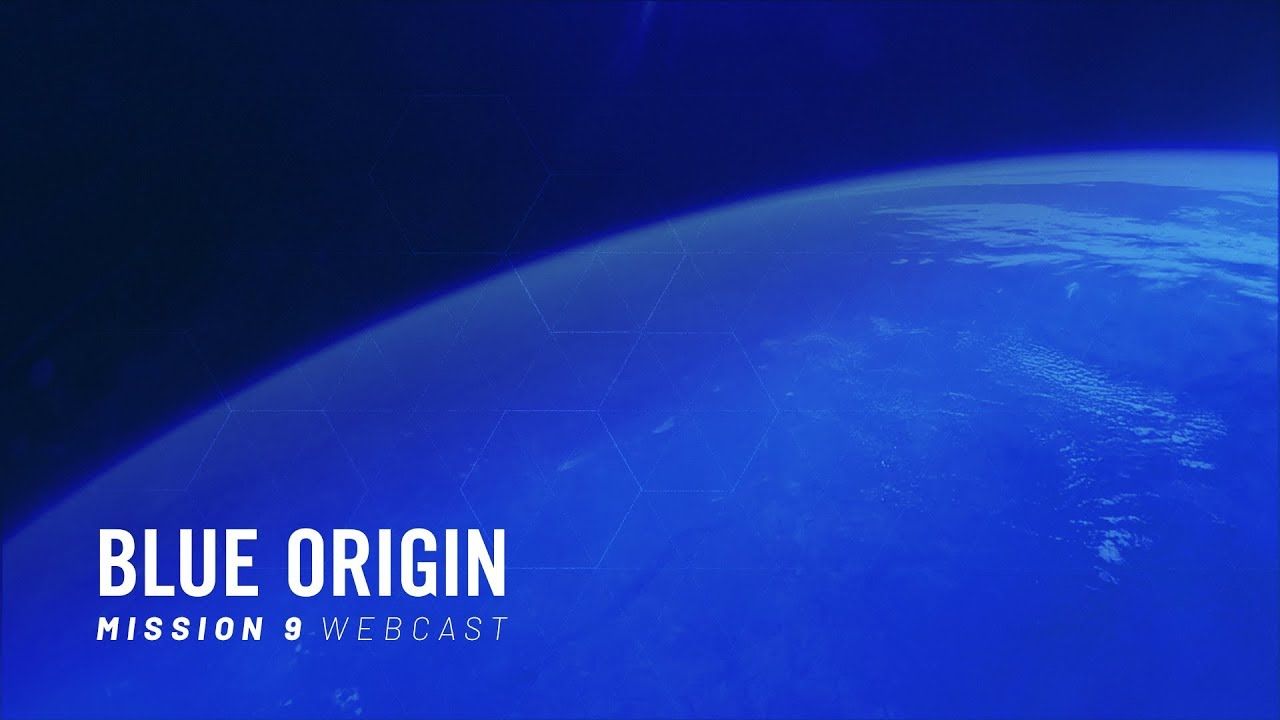
Update July 18th, 11:35AM ET: Blue Origin pulled off another successful test launch today, landing both the New Shepard rocket and capsule after flight. The company ignited the capsule’s emergency motor after it had separated from the rocket, pushing the spacecraft up to a top altitude of around 74 miles — a new record for Blue Origin. The firing also caused the capsule to sustain up to 10 Gs during the test, but Blue Origin host Ariane Cornell said “that is well within what humans can take, especially for such a short spurt of time.”
This morning, Jeff Bezos’ aerospace company Blue Origin will attempt the ninth test flight of its sub-orbital rocket, the New Shepard — a reusable vehicle designed to take tourists to the edge of space and back. And for this launch, the company will be testing out the vehicle’s escape motor once again. That’s the system that could help save the lives of future passengers if something were to go wrong during the climb through Earth’s atmosphere.
Like most vertical rockets, the New Shepard is designed to take off upright from a launchpad at Blue Origin’s facilities in West Texas. Perched on top of the vehicle is a capsule for crew members, which the rocket carries skyward during flight. Once the New Shepard reaches an altitude of around 62 miles — what’s often considered the edge of space — the capsule and rocket separate. If passengers were on board, that’s when they would experience a few minutes of weightlessness. Then, both the capsule and rocket fall back to Earth. Parachutes deploy to gently land the capsule, while the rocket reignites its engine to land upright on the ground.
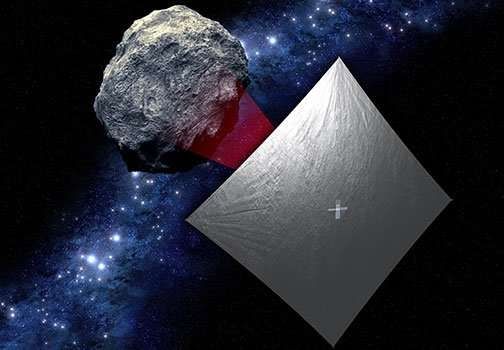
Spacecraft outfitted with sails and propelled by the sun are no longer the stuff of science fiction or theoretical space missions. Now, a Rochester Institute of Technology researcher is taking solar sailing to the next level with advanced photonic materials.
Metamaterials—a new class of manmade structures with unconventional properties—could represent the next technological leap forward for solar sails, according to Grover Swartzlander, professor in RIT’s Chester F. Carlson Center for Imaging Science. He proposes replacing reflective metallic sails with diffractive metafilm sails. The new materials could be used to steer reflected or transmitted photons for near-Earth, interplanetary and interstellar space travel.
“Diffractive films may also be designed to replace heavy and failure-prone mechanical systems with lighter electro-optic controls having no moving parts,” he said.

Co-founder of Google DeepMind and CEO of SpaceX amongst the 2,400 signatories of pledge to block lethal autonomous weapons.
Ian Sample Science editor.
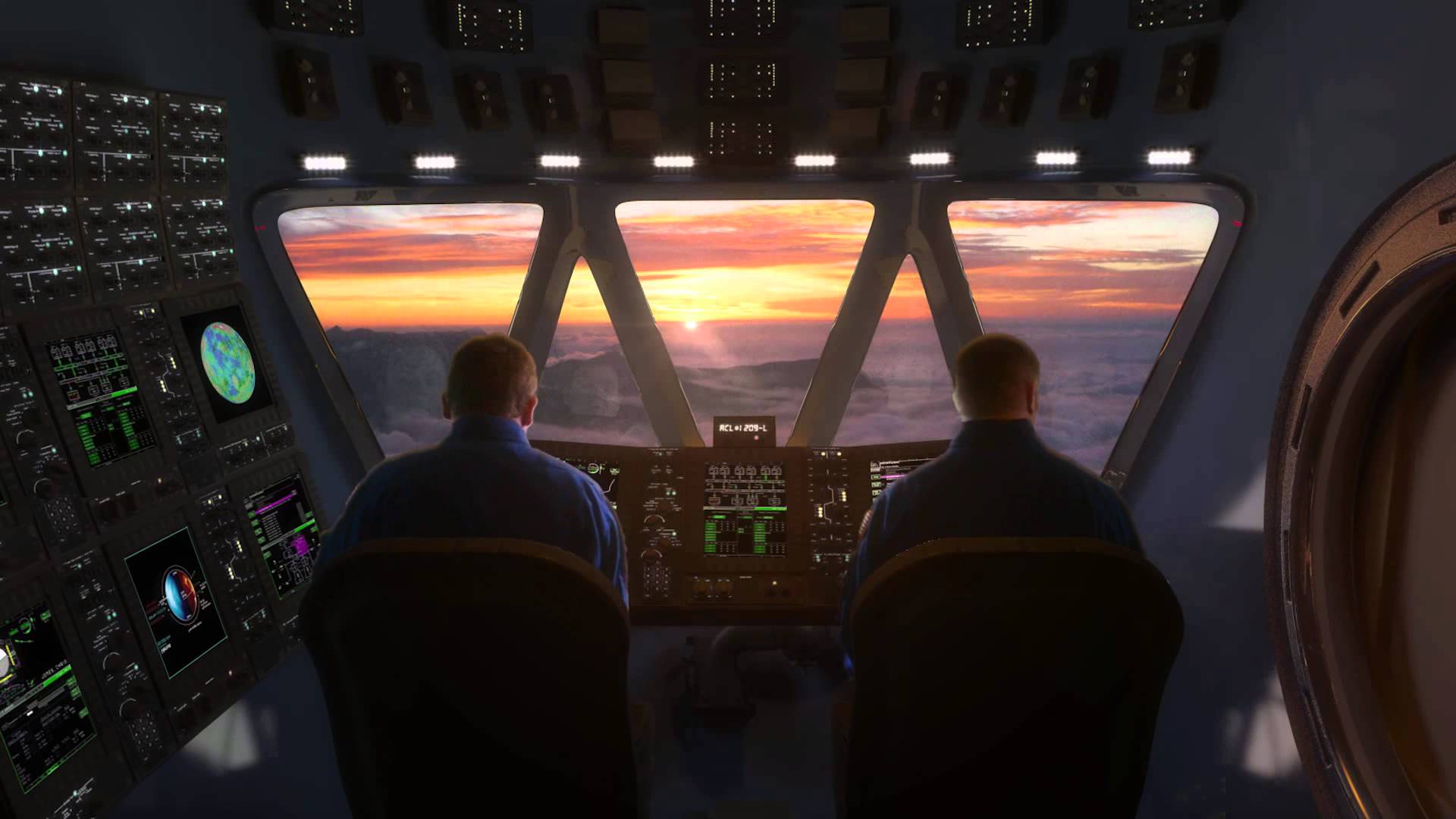
NASA engineers have proposed a manned mission to Venus. Though the technology doesn’t exist yet, astronauts would live on a floating research blimp.

Throughout history, humans have shared an innate interest in exploration — to travel to new reaches of our planet, and even our universe.
Last month, I sailed with the Viking Orion for its maiden voyage in the Mediterranean. Traveling to new places served as a reminder of the deeply curious human nature that continues to inspire space exploration.
The ship is named after the prominent constellation and NASA’s Orion spacecraft — the first crewed capsule designed to carry astronauts beyond low Earth orbit. The name also honors retired NASA astronaut Anna Fisher, who was recognized as the ship’s “godmother” during the ship’s naming ceremony on June 14. The Orion spacecraft is the last project Fisher worked on before she retired in May 2017. [Photo Tour: All Aboard the Space-Themed Viking Orion Cruise Ship!].

The nuclear power sector is seeing a resurgence in innovation, supported by new policies and emerging technologies. The general public and various governments are starting to grasp the value of nuclear power as an alternative, sustainable energy source. Unlike renewables, such as wind and solar power, nuclear energy is not dependent on weather conditions for power generation, having a capacity factor of over 90 percent. Nuclear power is also more eco-friendly than natural gas and coal and its “carbon-free” attributes are seen as critical in the fight against climate change.
For decades, advancements in the nuclear power sector have been incremental and focused largely on making systems “walk away safe.” Today, the industry is pushing the boundaries and exploring applications for nuclear power in ways that have never before been considered.
BWXT is at the forefront of this nuclear renaissance. This 6,000-employee company operates on the model of letting capital drive strategy. BWXT is constantly evaluating new ways to ensure workers, funding, and policies are utilized in the most effective way possible. The company also analyzes the needs of numerous other industries to determine how nuclear power could provide innovative solutions.
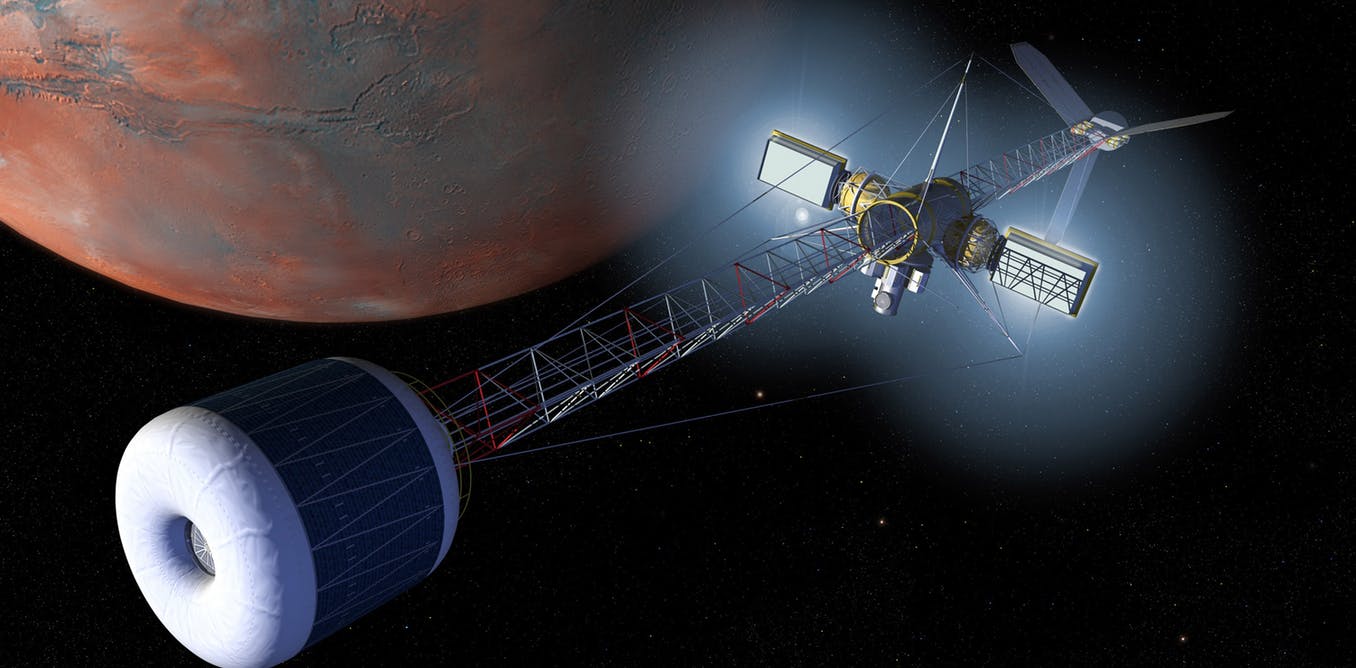
In the new study, the researchers dropped the full experimental set up for photocatalysis down a 120m drop tower, creating an environment similar to microgravity. As objects accelerate towards Earth in free fall, the effect of gravity diminishes as forces exerted by gravity are cancelled out by equal and opposite forces due to the acceleration. This is opposite to the G forces experienced by astronauts and fighter pilots as they accelerate in their aircraft.
The researchers managed to show that it is indeed possible to split water in this environment. However, as water is split to create gas, bubbles form. Getting rid of bubbles from the catalyst material once formed is important – bubbles hinder the process of creating gas. On Earth, gravity makes the bubbles automatically float to the surface (the water near the surface is denser than the bubbles, which makes them buyonant) – freeing the space on the catalyst for the next bubble to be produced.
In zero gravity this is not possible and the bubble will remain on or near the catalyst. However, the scientists adjusted the shape of nanoscale features in the catalyst by creating pyramid-shaped zones where the bubble could easily disengage from the tip and float off into the medium.
